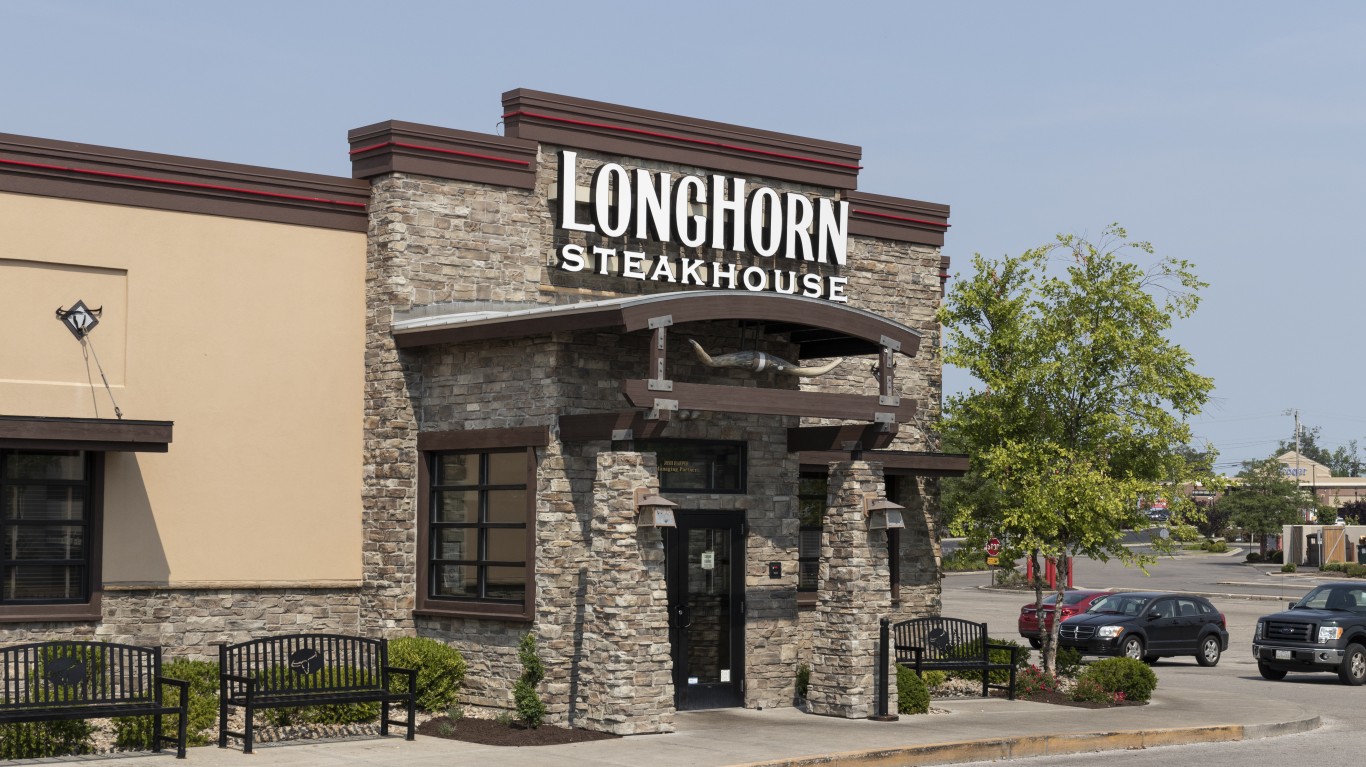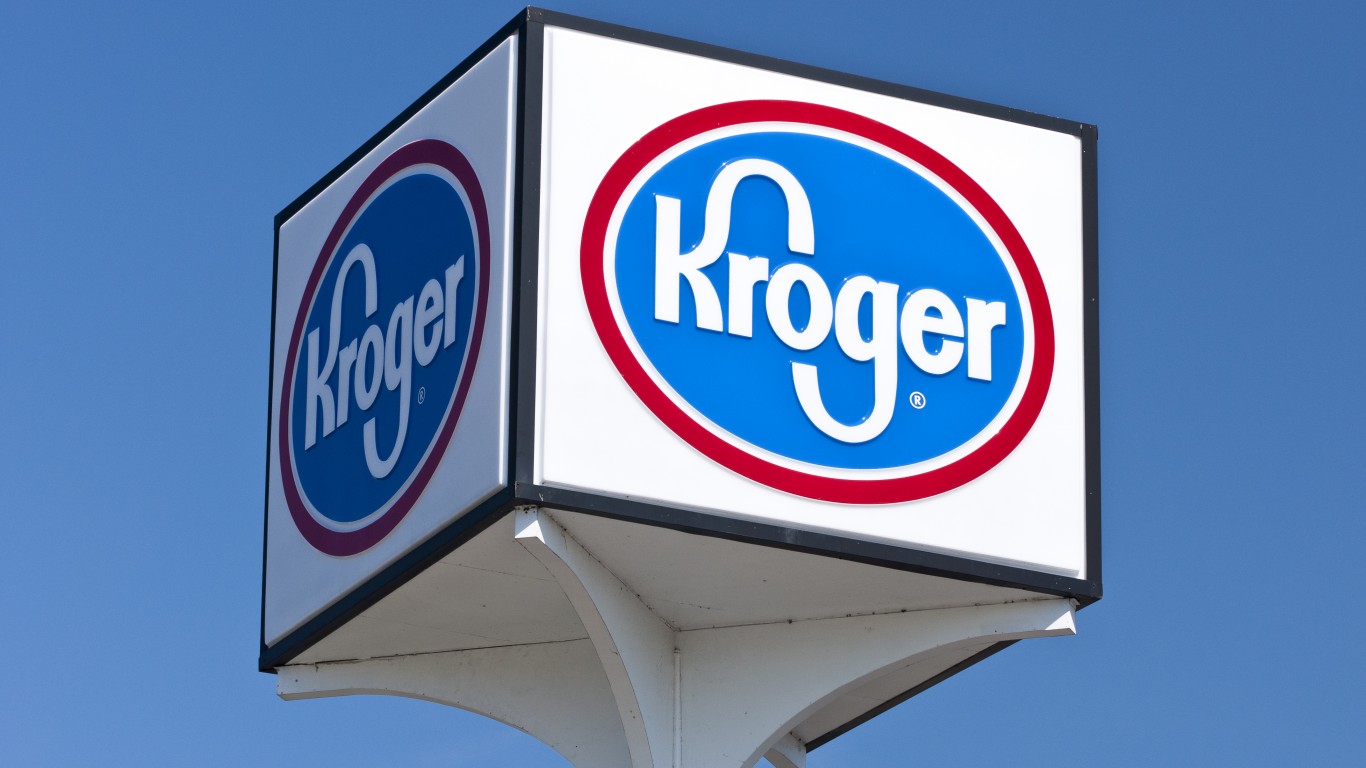Investing
Want $5,000 in Annual Dividend Income? Buy These 3 Income Stocks Right Now

Published:

Historically speaking, the best investment you can make is buying dividend stocks. A 2013 analysis by J.P. Morgan Asset Management found that companies initiating and growing their payouts over the 40-year period between 1972 and 2012 returned an average of 9.5% per year compared to a 1.6% return from non-dividend-paying stocks.
That’s great news for income investors who want to earn $5,000 a year in passive income. All that’s necessary is to invest less than $100,000 in the following three companies and you would be off and running.
However, that’s a big nut to crack for many investors. But if you use the power of time and compounding you can reach the same goal, just more slowly. By investing just $15,900 split evenly between each of the three stocks below, you can achieve $5,000 in annual dividend income within 25 years.
Although that may seem a long time, you are buying solid companies that won’t create undue risk and have an average dividend yield of 2.5%. Investing is a marathon, not a sprint and by judiciously buying quality businesses that reward shareholders with increasing dividend payments over time, you can achieve your goals.

Housewares leader Williams-Sonoma (NYSE:WSM) is the first income stock you should buy with the first $5,300 investment tranche. Although the stock is up 33% in 2024 and 91% over the past 12 months, it still trades at a very reasonable valuation.
Shares go for 16 times trailing earnings and estimates, twice sales, and 13 times free cash flow (FCF). Its dividend of $2.28 per share yields 1.6% annually, but it has increased the payout at a brisk 13.4% for the last 10 years. Your $5,300 investment would net you 39 shares of stock and produce some $1,316 in annual income after 25 years.
WSM stock recently underwent a 2-for-1 split to make it accessible to more investors. While around $340 per share wasn’t quite so expensive, it aligns with Williams-Sonoma’s larger goal of reaching a broader consumer base. The housewares stock typically caters to a more upscale clientele, but has recently targeted more middle-income consumers.
By throwing out a wider net and putting its stock at a cheaper price, Williams-Sonoma should expect greater sales and increased profits in the quarters and years ahead.

The owner of Olive Garden and LongHorn Steakhouse restaurants is the second stock to plunk down $5,300 into. Darden Restaurants (NYSE:DRI) stock is flat over the past year but shares have bounced 17% off the lows hit in July. Its pending acquisition of Chuy’s Holdings (NASDAQ:CHUY) aligns well with its ample portfolio of casual dining chains.
In addition to the Italian restaurant and steakhouse, Darden also owns Ruth’s Chris Steakhouse, Yard House, Capitol Grille, Cheddar’s, and more. By continuously expanding its portfolio, the restaurant operator is able to leverage its scale to achieve synergies and cost savings. It has been deploying a “back-to-basics” approach for several years now that is resonating with consumers. Over the past 10 years, DRI stock has returned 400% to shareholders, better than the 238% return of the S&P 500.
Its dividend of $5.60 per share yields 3.6% annually, and Darden has raised the payout at a 10% compounded annual rate for the past decade. It has grown its FCF at nearly 14% a year, making the payout well-supported. A $5,300 investment will give you $1,967 in annual income in 25 years, putting you two-thirds of the way to your goal.

Supermarket giant Kroger (NYSE:KR) will put you over the top. The last tranche invested in the grocery store chain will give you nearly $1,900 in annual income on the 57 shares you purchase. Its dividend of $1.28 per share yields 2.4% annually and Kroger has regularly hiked the payout at almost 14% a year for 10 years.
The largest supermarket pure-play just raised its dividend again in July by 10%. It marks the 18th consecutive year of increases. Kroger is in the middle of trying to acquire rival Albertson’s (NYSE:ACI), but was blocked by the Federal Trade Commission. In response, Kroger sued the regulatory agency and if successful, it could upend antitrust regulation as the grocer is arguing the FTC’s in-house panel of judges is unconstitutional. Fresh on the heels of a Supreme Court ruling in June limiting the power of regulatory agencies, Kroger stands a good chance of winning.
Kroger operates 2,700 supermarkets and seeks to add Albertson’s 2,300 stores to the fold. Combined, the two grocery store chains would have $200 billion in annual sales.The deal is valued at $25 billion.
Even if Kroger loses its lawsuit, it remains a solid dividend stock to buy. Shares trade at 11 times earnings estimates, a tiny fraction of sales, and 17x FCF. Wall Street is looking for Kroger’s earnings to triple over the next five years, growing from a 2.4% CAGR over the last half decade to 8%.
If you’re one of the over 4 Million Americans set to retire this year, you may want to pay attention.
Finding a financial advisor who puts your interest first can be the difference between a rich retirement and barely getting by, and today it’s easier than ever. SmartAsset’s free tool matches you with up to three fiduciary financial advisors that serve your area in minutes. Each advisor has been carefully vetted, and must act in your best interests. Start your search now.
Don’t waste another minute; get started right here and help your retirement dreams become a retirement reality.
Thank you for reading! Have some feedback for us?
Contact the 24/7 Wall St. editorial team.